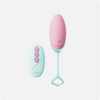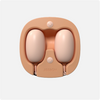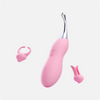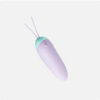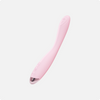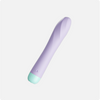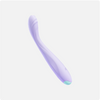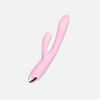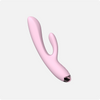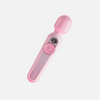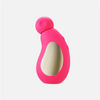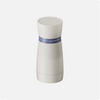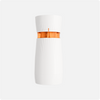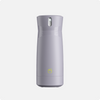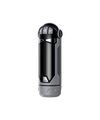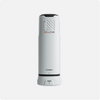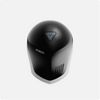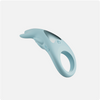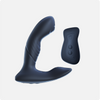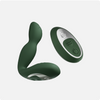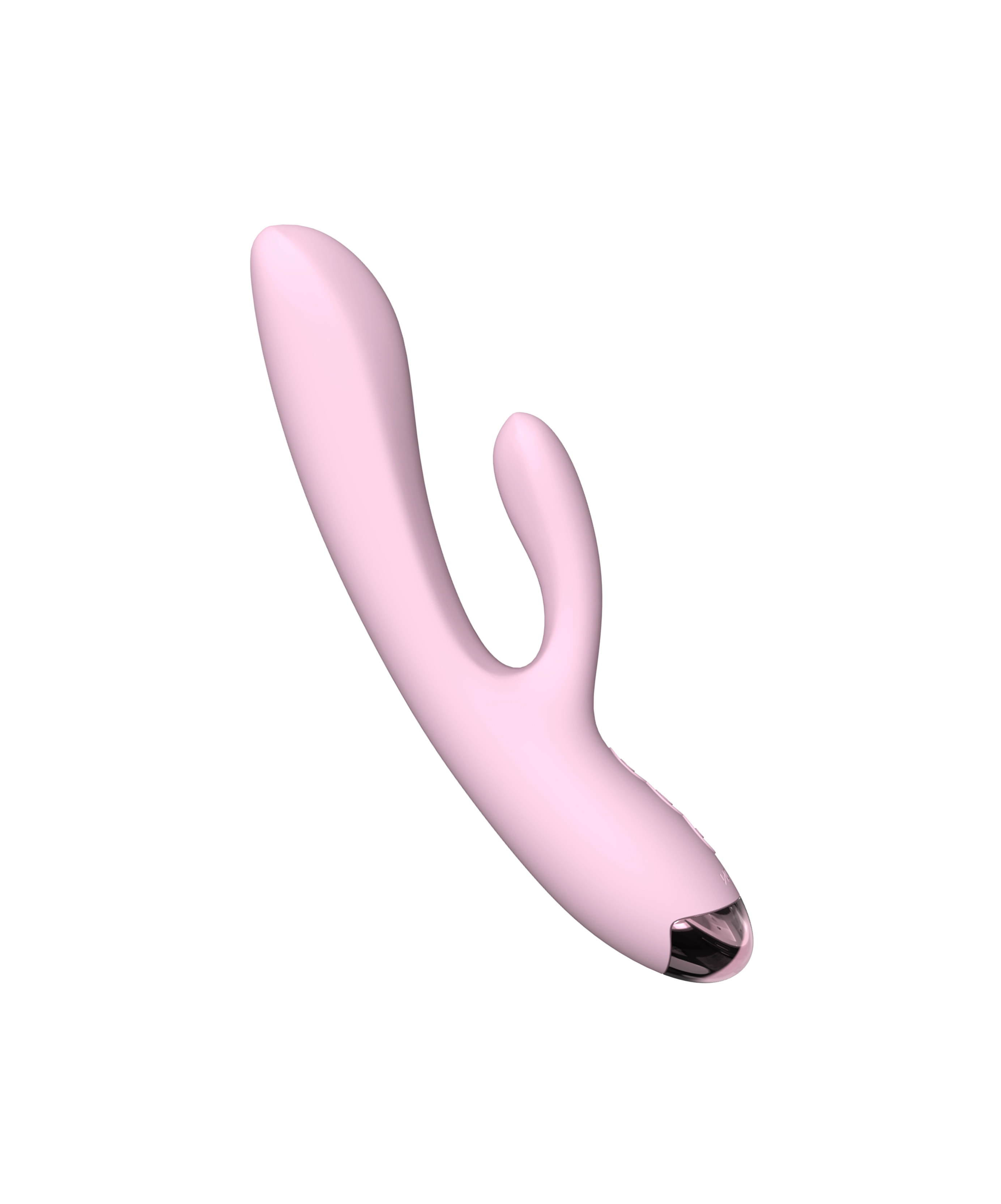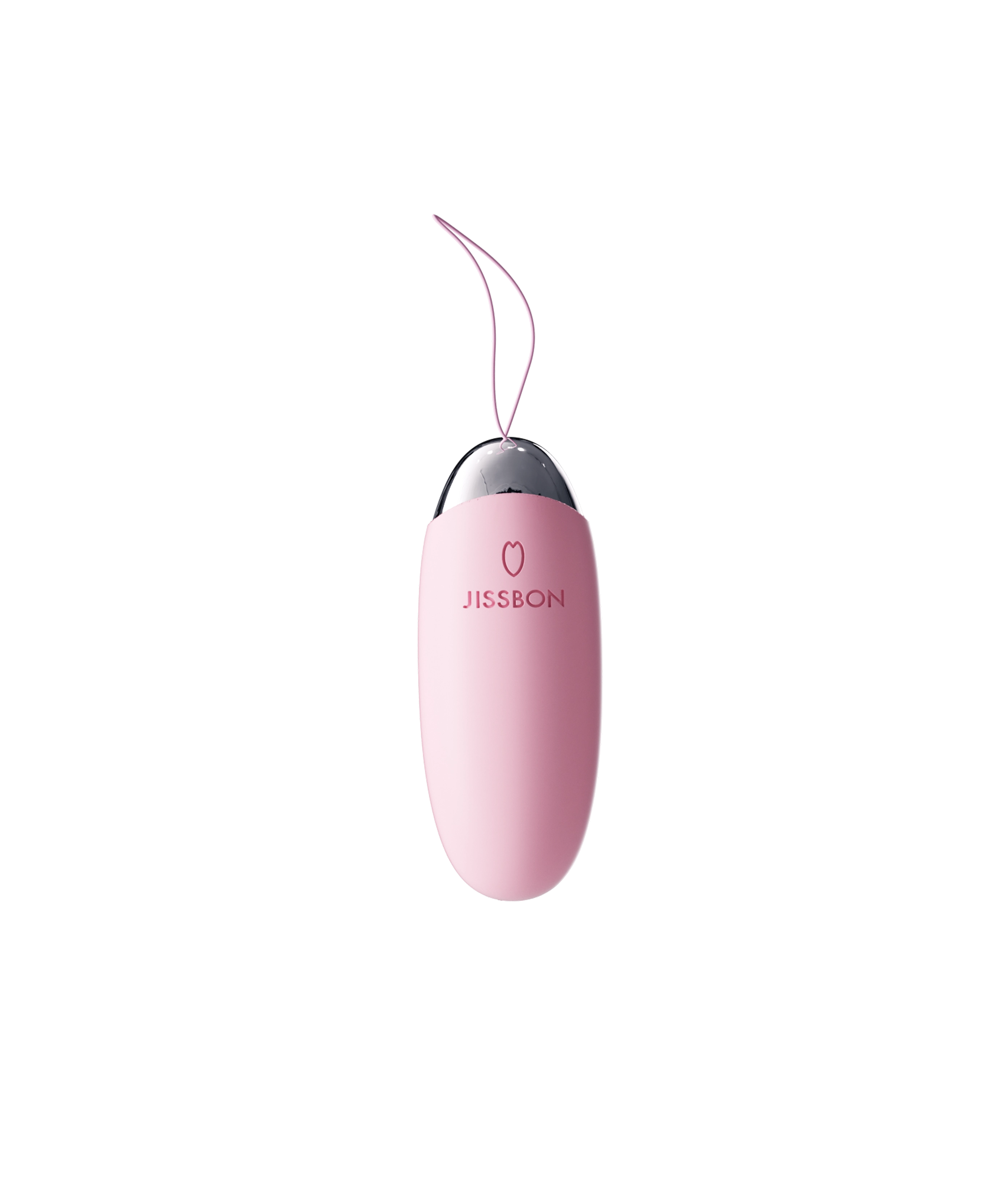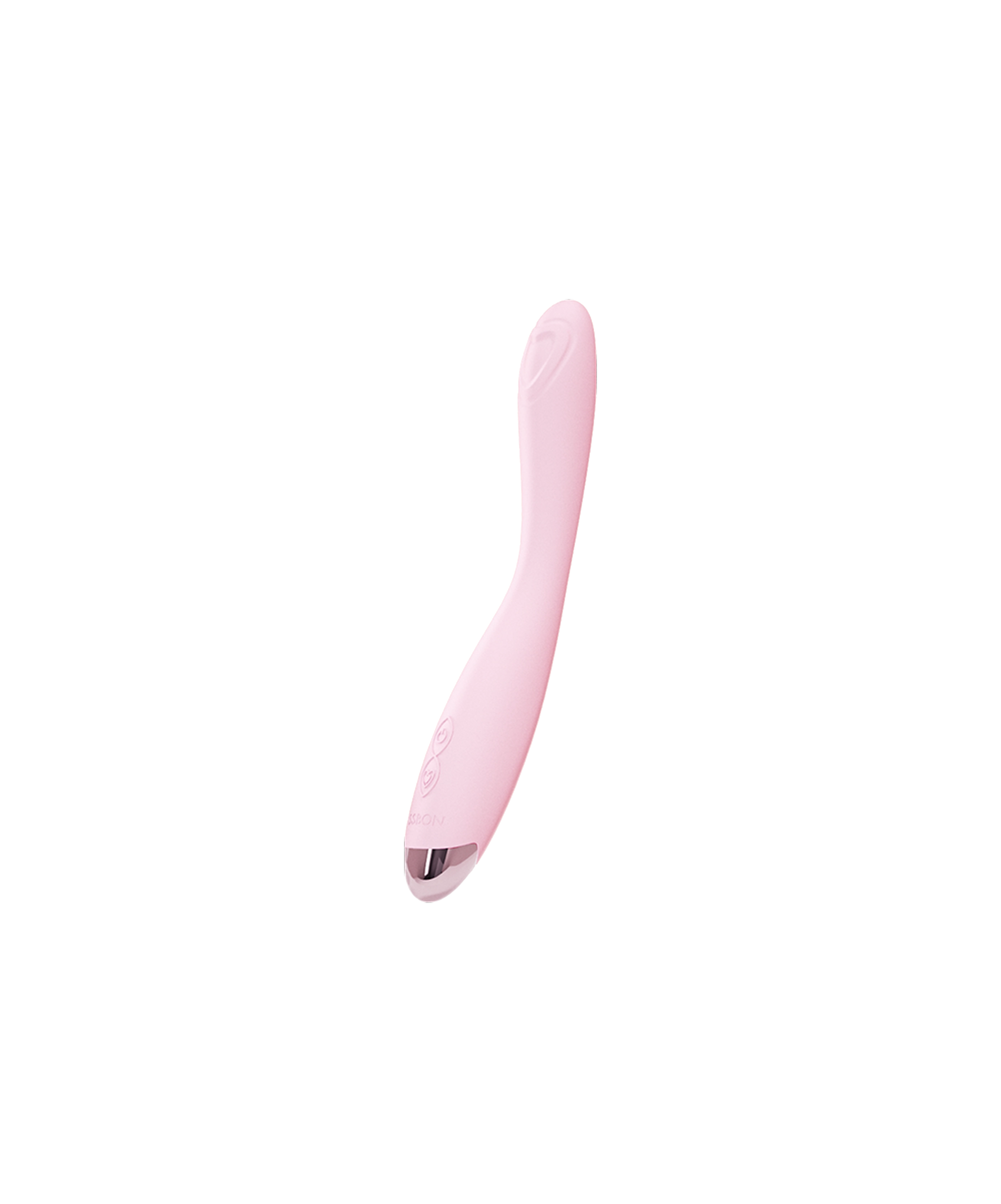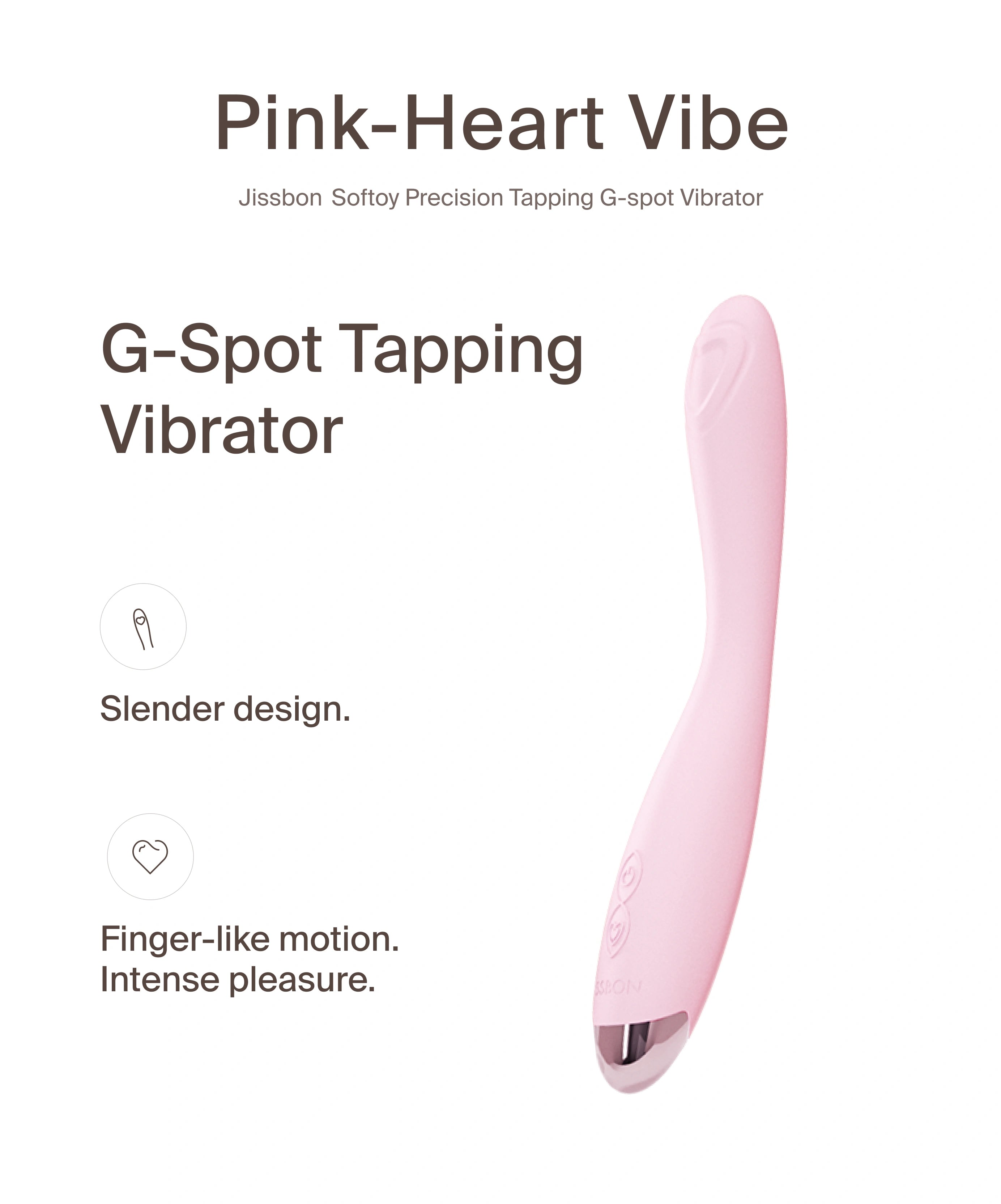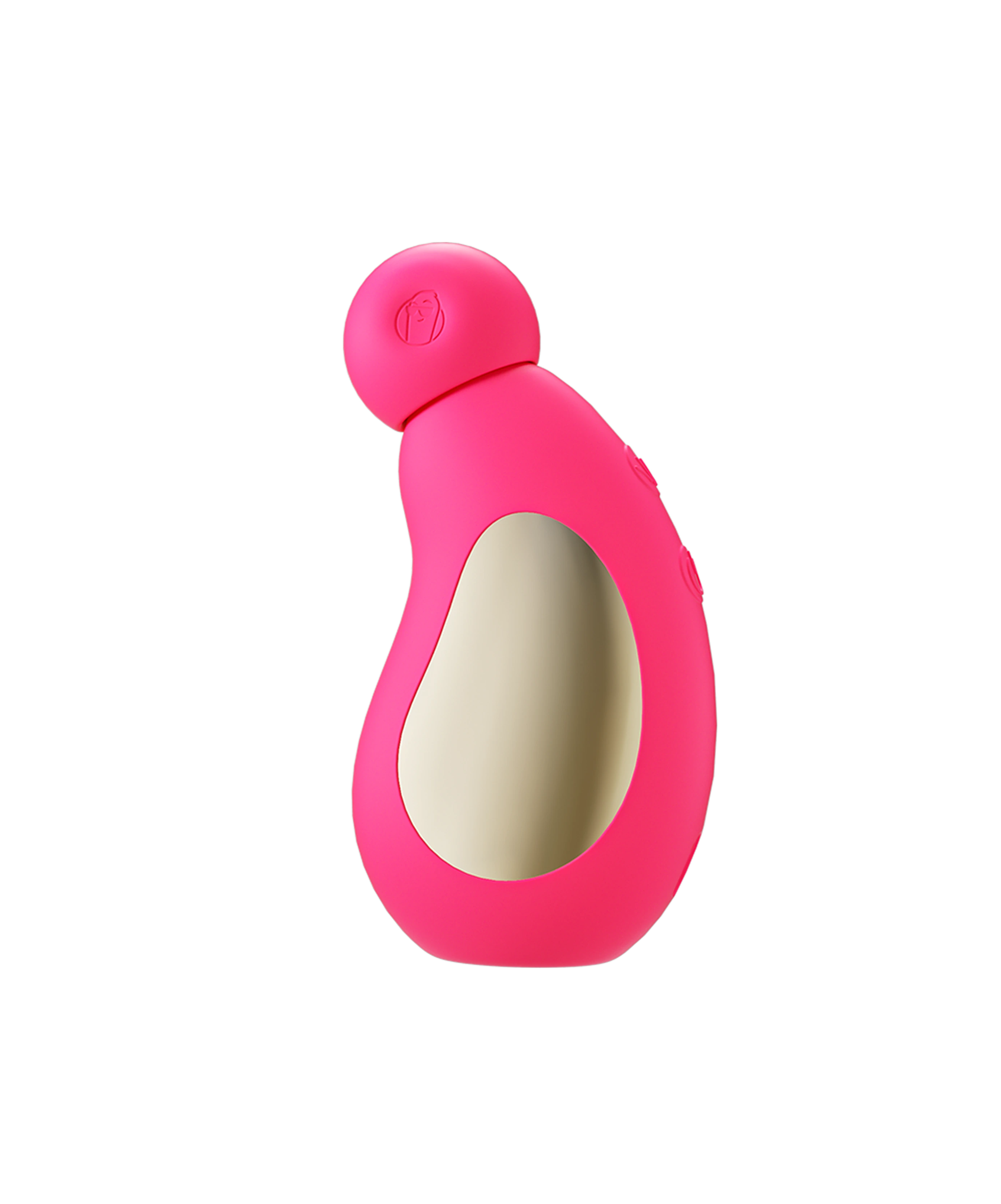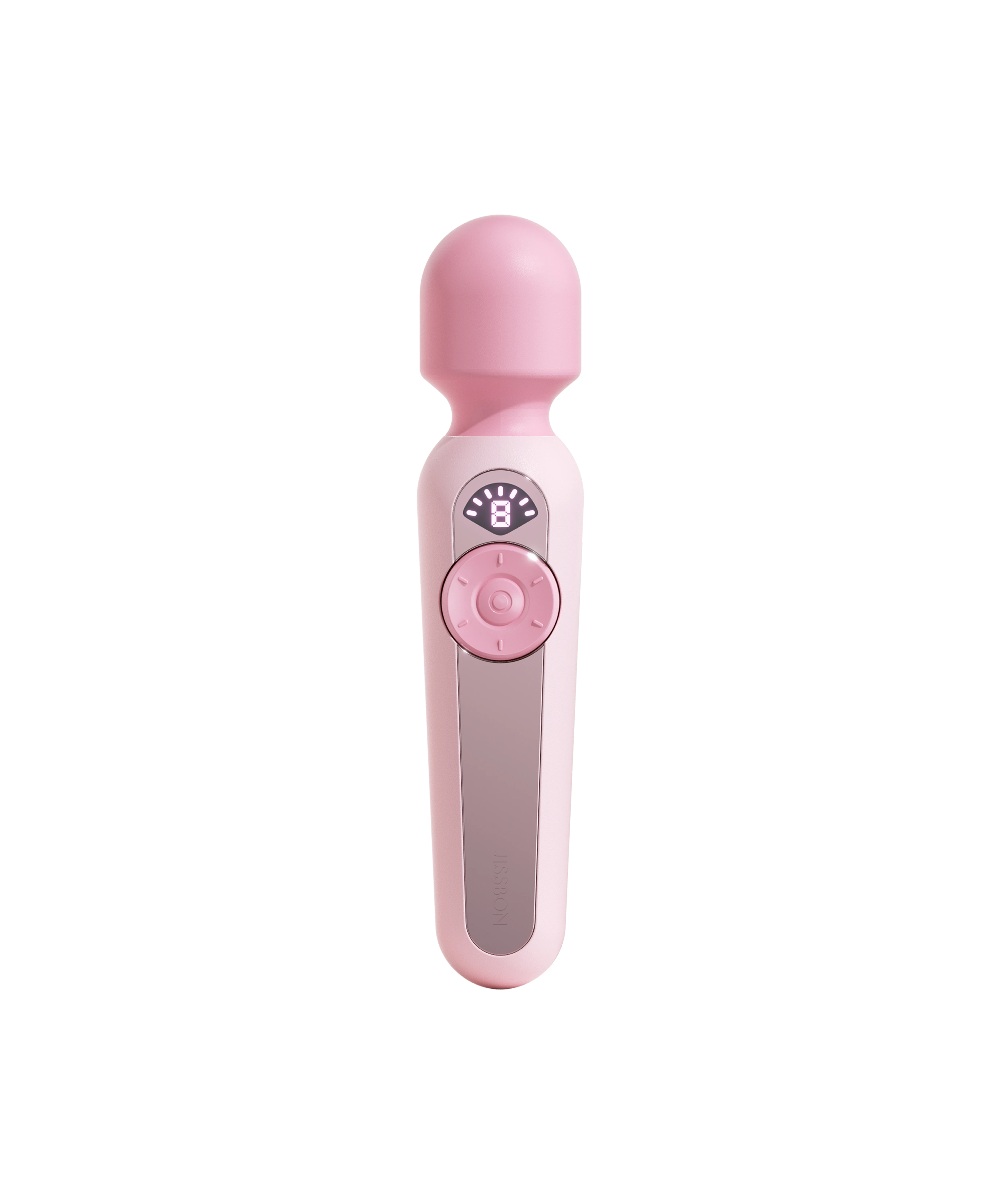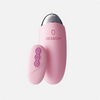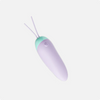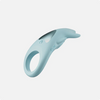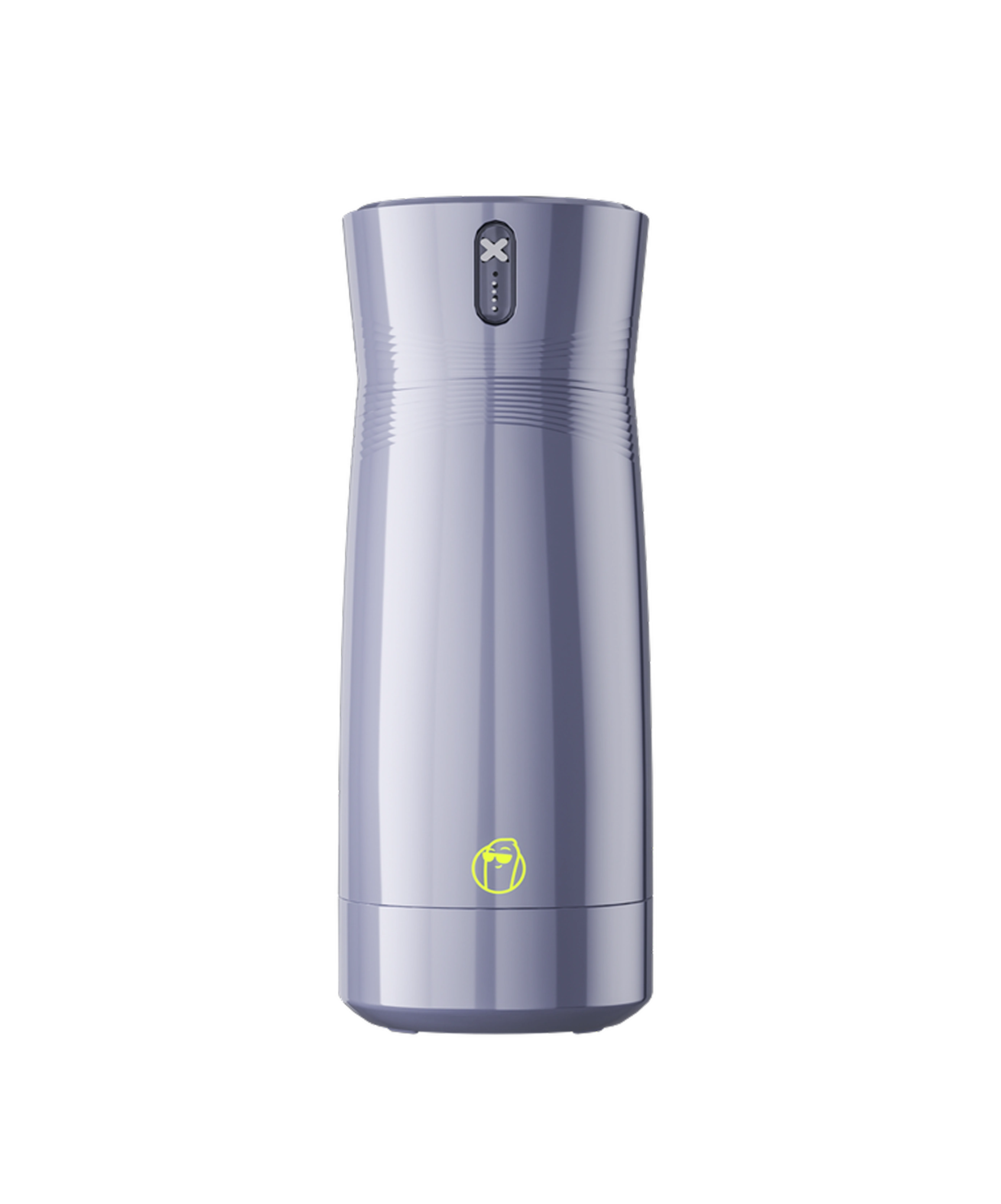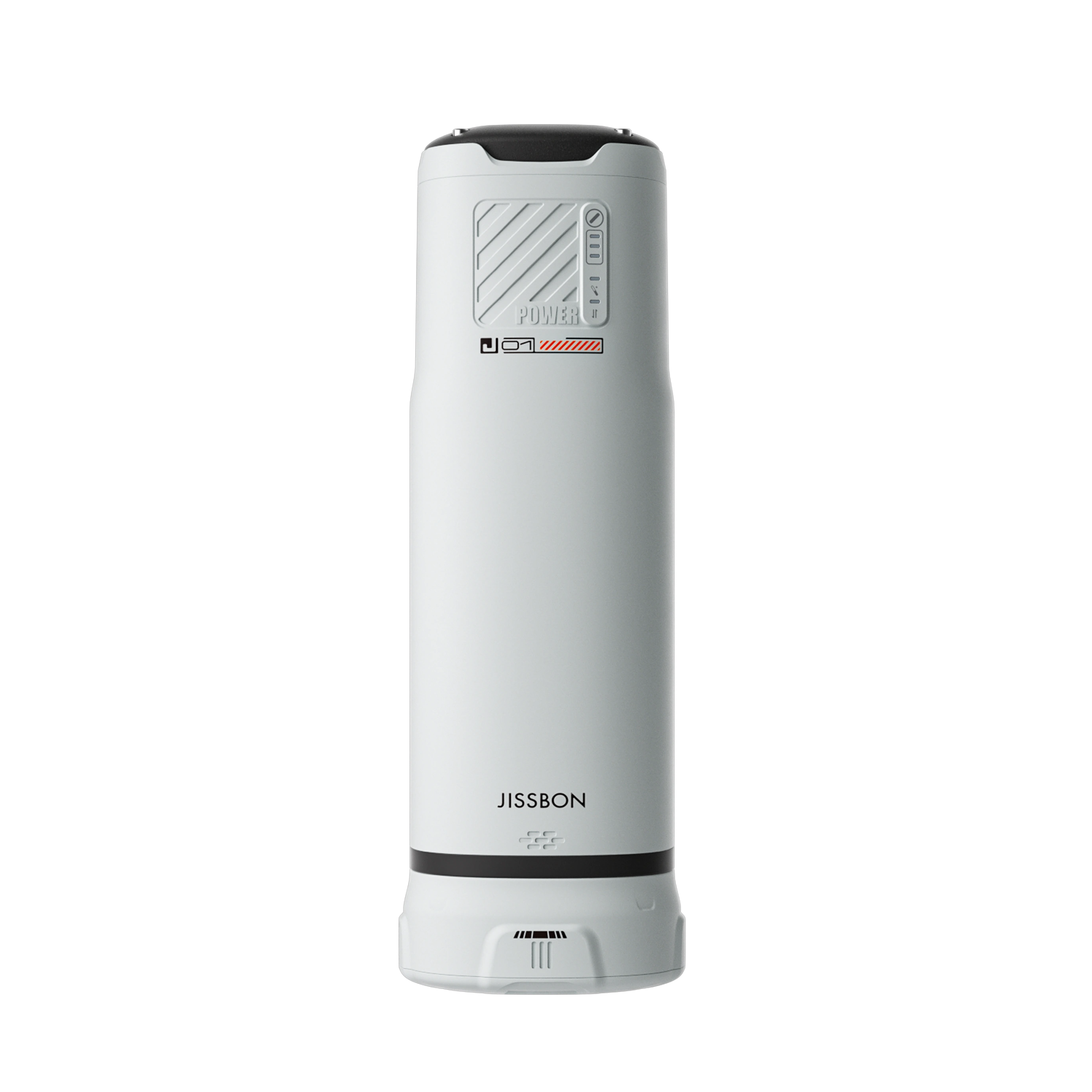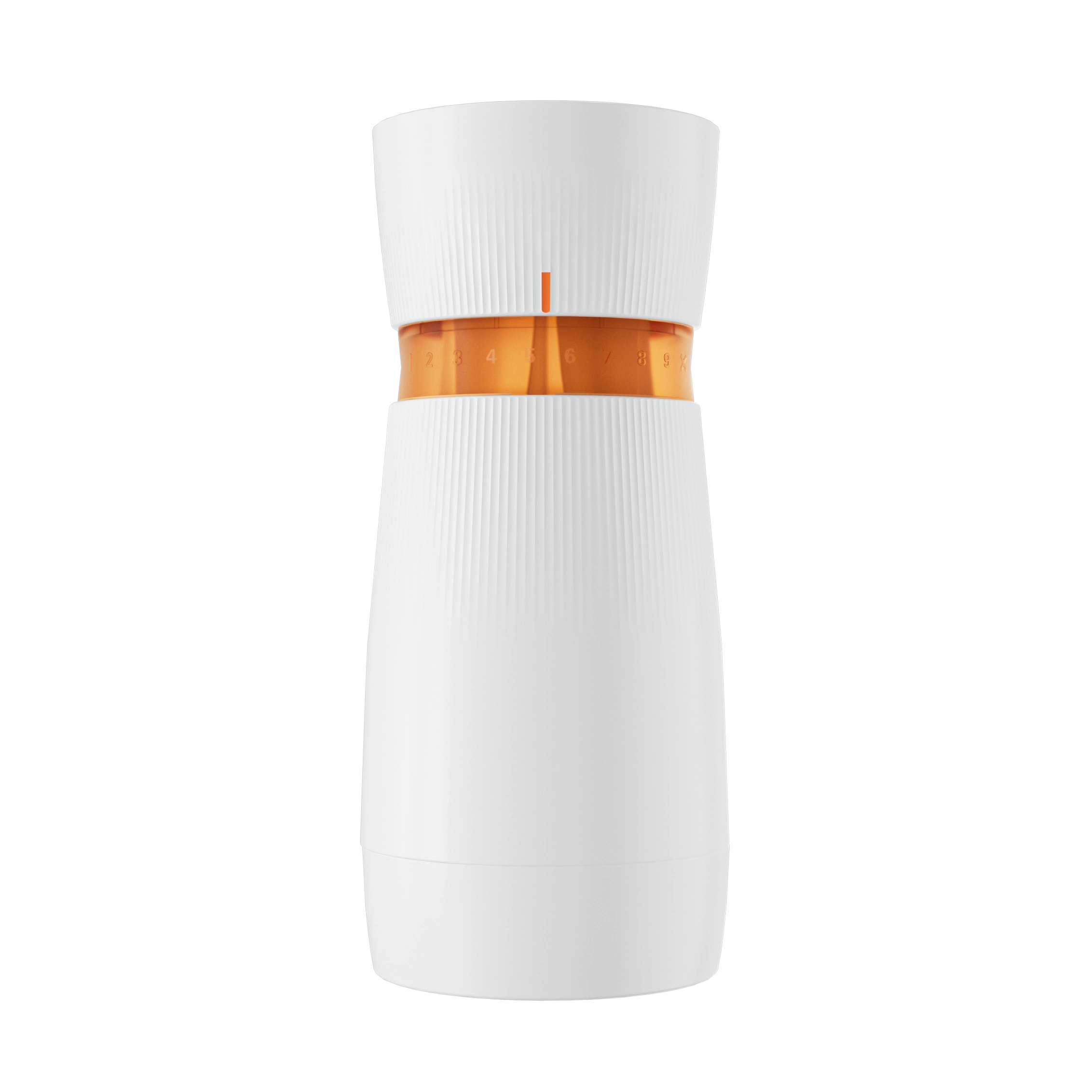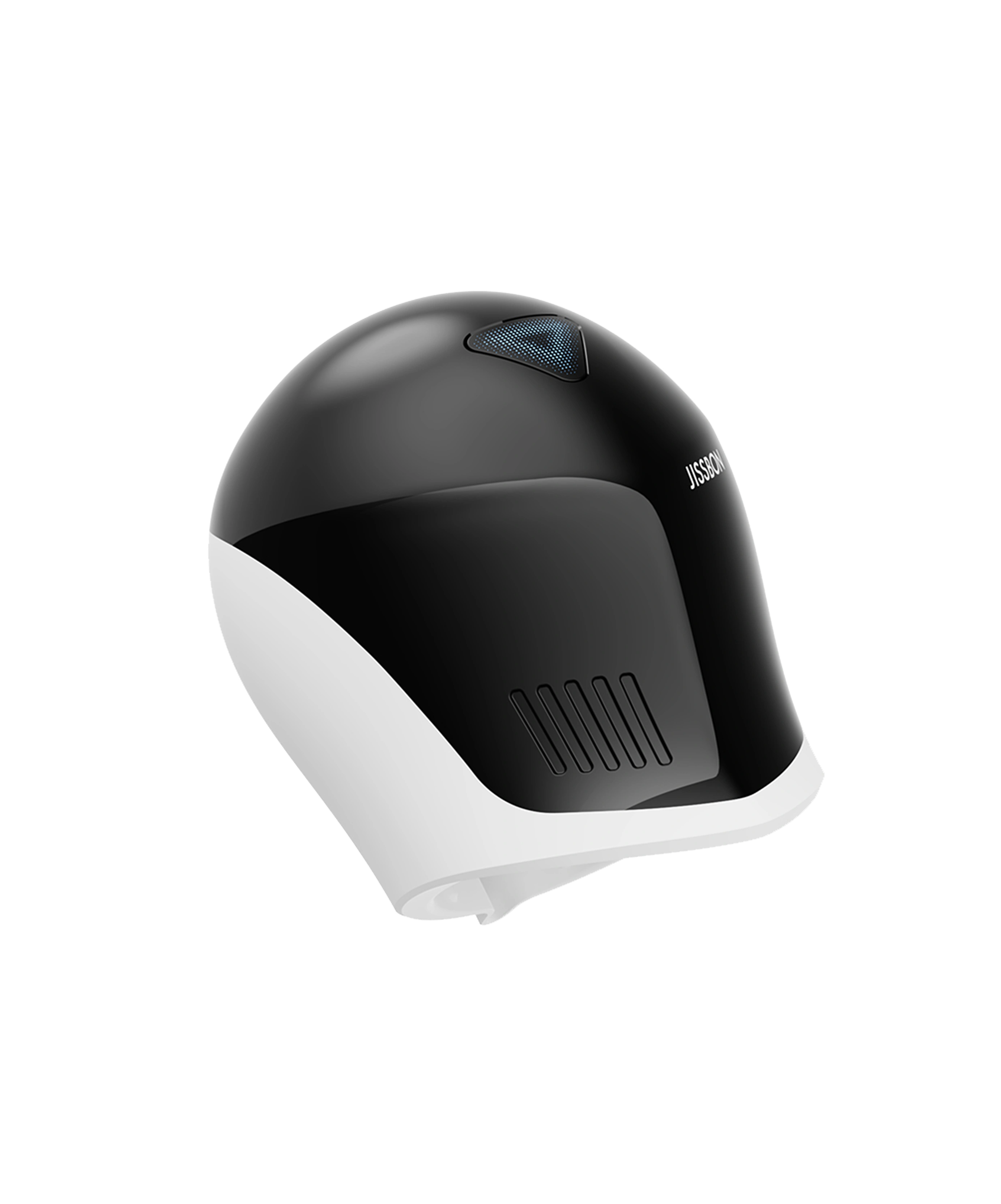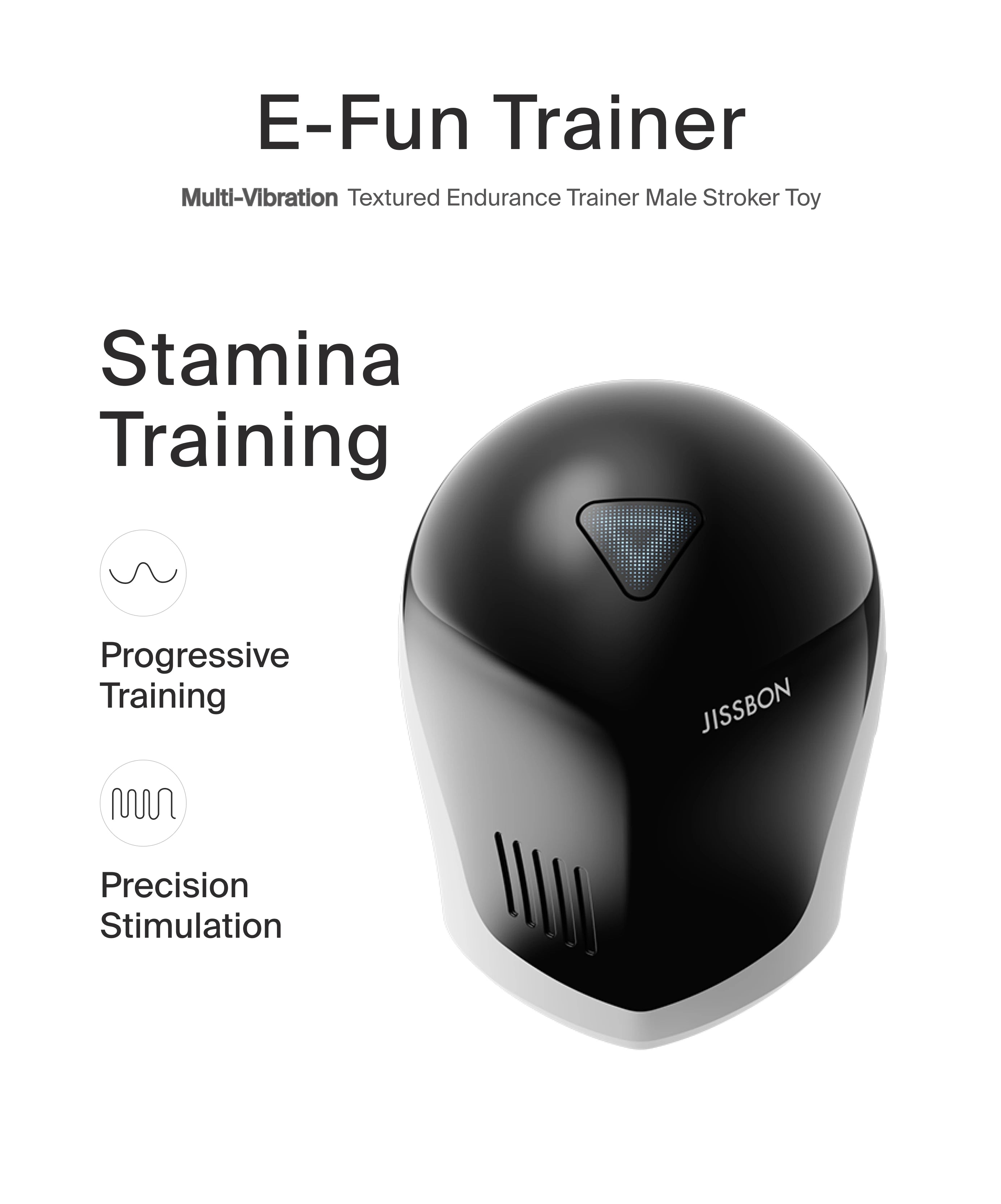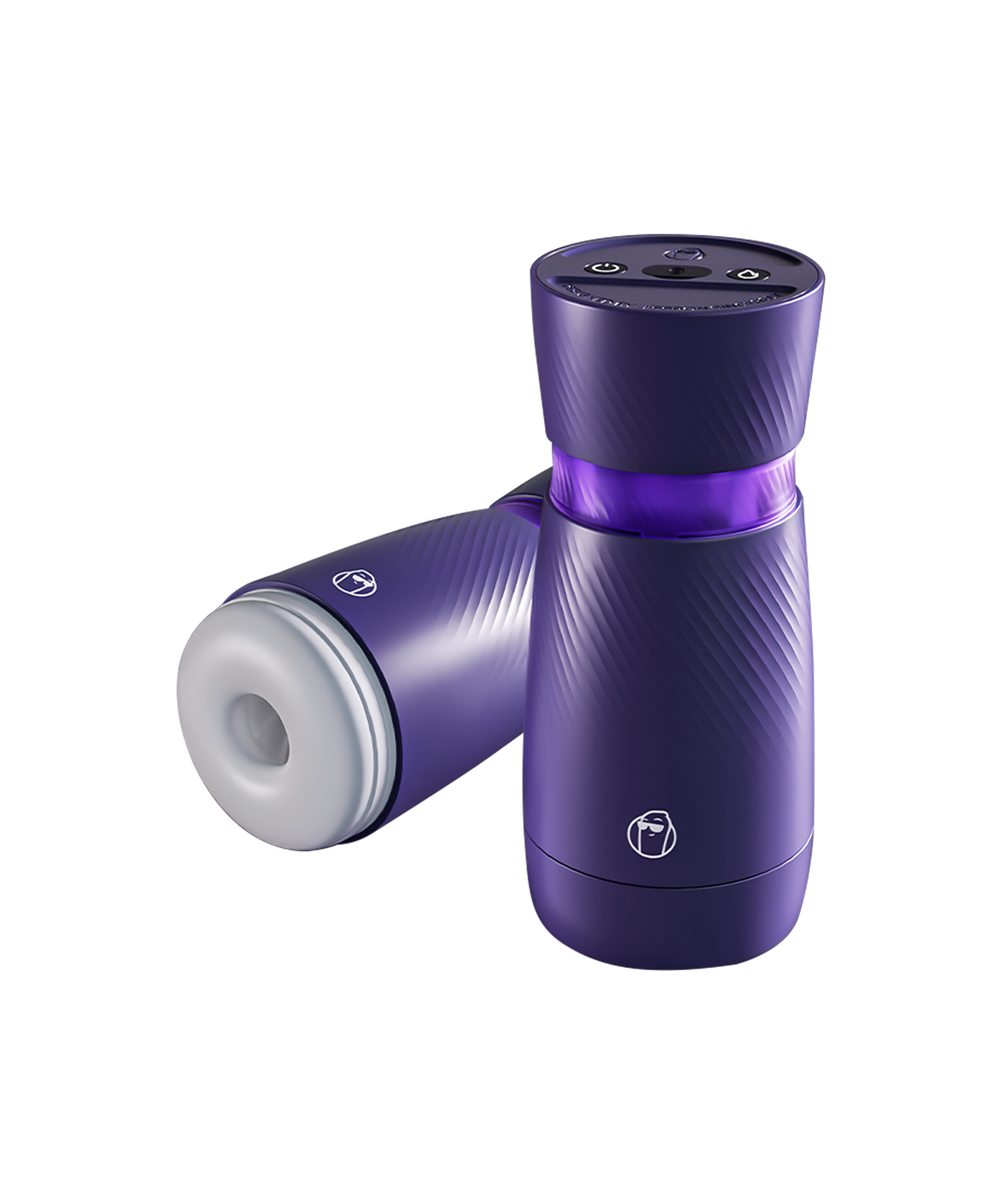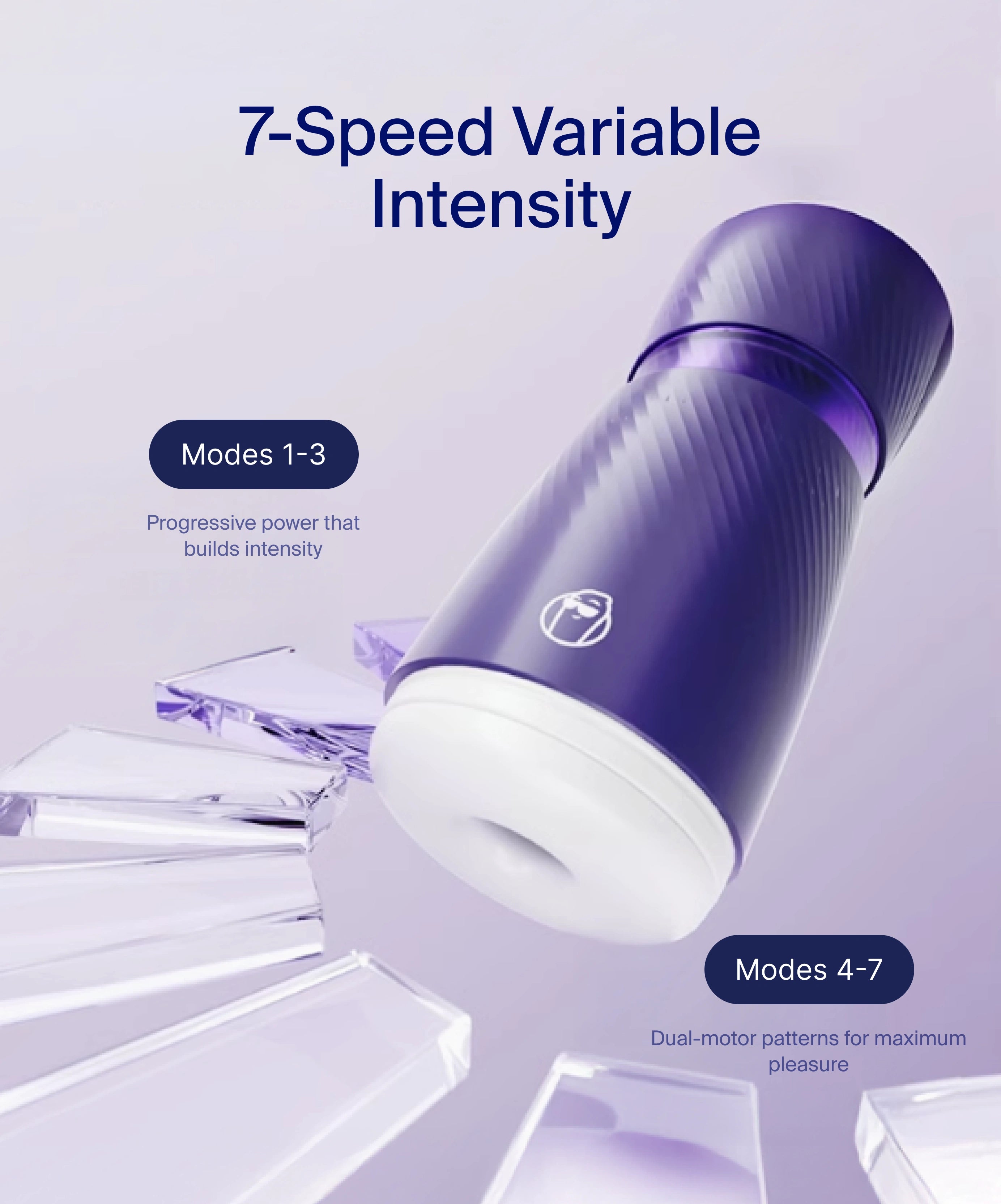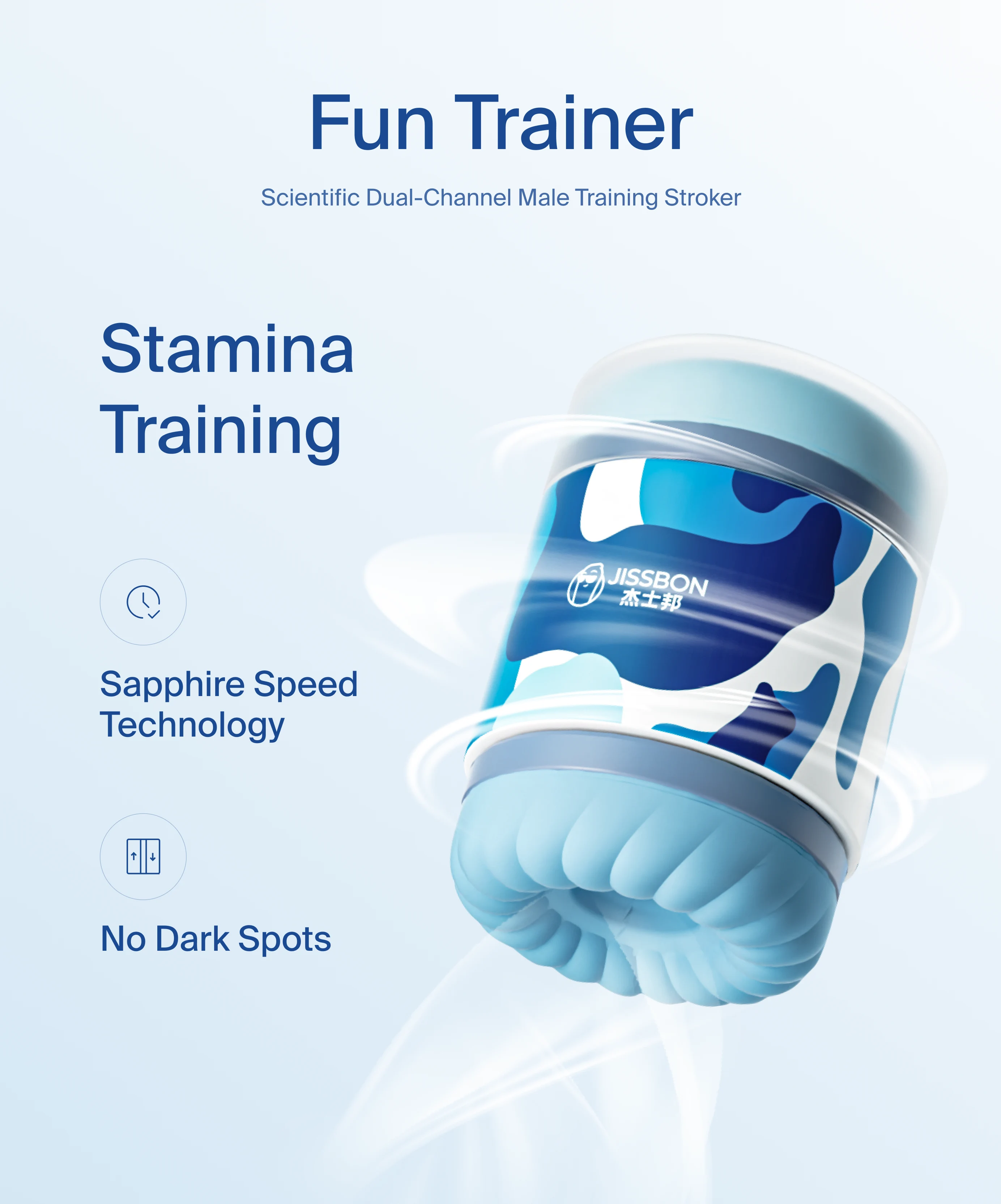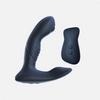If you’re searching how to hang a sex swing, this guide walks you through safe options—ceiling sex swing mounts, door swings, freestanding stands, and beam straps—plus hardware, load ratings, and step‑by‑step installation. You’ll also find tips for testing, maintenance, and answers to common questions about how to install a sex swing without damaging your home.
Important: Your safety anchor must be real structure (joists, beams, or concrete) never drywall alone. If any step is outside your skill level, hire a contractor or handyman. It’s a quick job for a pro and worth the peace of mind.
The 4 ways to hang a sex swing (pros & cons)
- Ceiling mount (single‑point)
- Door swing (over‑the‑door straps)
- Freestanding stand/frame
- Beam/strap mount (exposed beam or sturdy outdoor structure)
For a helpful overview of multiple mounting methods (eye hook, stand, chin‑up bar, beam straps, door/wall combos, concrete), see this compact installation guide.
Safety first: what “rated hardware” actually means
- Anchor into structure. Mount into a wood joist/beam or concrete—not into drywall or plaster. For wood, heavy‑duty lag screws or through‑bolts into the center of a joist are standard; for concrete, use appropriate expansion anchors.
- Look for WLL/ratings. Hardware (eye bolts, anchor plates, carabiners, chain) should have a Working Load Limit (WLL) or strength rating from the manufacturer. Industrial rigging typically uses safety factors ~4:1–7:1 (breaking strength well above WLL) so you’re not operating at the edge.
- Use real carabiners. Climbing‑rated carabiners show strength in kN (kilonewtons); typical major‑axis ratings are ≥20 kN (≈4,500–5,000 lbf). Don’t use novelty/keychain clips.
- Check markings & inspect. OSHA‑style guidance: use hardware with legible load markings and inspect before each use; replace anything worn or bent.
Tools & parts checklist (for a ceiling sex swing)
- Stud/joist finder, tape measure, pencil
- Drill + bits (wood or masonry) & driver
- Lag eye bolt or anchor plate with welded ring (and matching lag screws)
- Rated carabiner and chain/webbing/rope
- Optional swivel (rated) for smooth rotation
- Ladder, socket set, safety glasses
Step‑by‑step: how to hang a sex swing from a wood‑framed ceiling
Goal: a safe ceiling sex swing anchored to the center of a joist (or to blocking installed between joists).
- Pick the spot & confirm clearance: You need open space around the swing. Choose a location with a joist above (use a stud/joist finder). If there’s no joist exactly where you want it, you can add blocking (e.g., a 2×6 between joists) from above and anchor to that, or install a beam that spans between joists.
- Find the joist center: Mark both edges, then mark the center. If you don’t have a reliable stud finder, a magnet (for fasteners) or small probe holes can help you confirm edges—common home‑improvement advice.
- Choose the anchor:
- Pre‑drill a pilot hole (wood): Pre‑drill to avoid splitting the joist and to ease installation. Guidance for heavy ceiling loads emphasizes pilot holes sized for the screw shank (not including thread height).
- Install the anchor into the joist: Drive the lag eye or the anchor‑plate screws straight into the center of the joist—never into drywall only. Tighten fully; add washers where specified. For sloped ceilings, use shouldered hardware installed in line with the load.
- Clip in rated connection hardware: Connect a climbing‑rated carabiner (≥20 kN major‑axis) to the anchor, then attach your chain/strap. Avoid cross‑loading (sideways load) and keep the carabiner gate closed during use.
- Set height & test progressively: Adjust suspension so the seat/straps sit at a comfortable height (often hip‑to‑thigh level when seated). Load‑test gradually: hang body weight slowly, then add dynamic motion only after everything feels solid. Home‑improvement resources advise gradual testing and checking for movement at the anchor.
- Optional: through‑bolt method: Where exposed joists are accessible (e.g., unfinished attic/porch), drill through the joist and use a ½‑inch forged eyebolt with washers and locknut—a very robust connection.
Never use hollow‑wall anchors, toggle bolts, or plastic plugs for a hanging sex swing—they’re not designed for live, dynamic loads.
Concrete ceilings or walls (condos/lofts)
You can install a ceiling sex swing into concrete using expansion anchors and the correct masonry bit. This makes a very strong mount—but if you don’t own a hammer drill or haven’t set anchors before, this is an ideal hire‑a‑pro situation.
Over‑the‑door swings (no drilling)
Door swings use straps with rigid stoppers that sit on the far side of the door. Key rules from manufacturer instructions:
- Use a solid‑core door.
- Place straps so stoppers are on the hinge side with the door closing into the frame; close the door fully and lock if possible.
- Avoid hollow/lightweight doors; add pillows/mat beneath as a precaution.
Stands and beam straps
- Stand: portable, drilling‑free, but needs 6–7 ft square of floor space. Great for renters and play parties.
- Beam/strap: loop rated straps over a solid exposed beam (at home or outdoors). Avoid weak/damaged beams or small/dead tree limbs. The strap method is quick and leaves no holes.
Hardware, ratings & load basics (in plain English)
- Working Load Limit (WLL) is the safe, everyday limit. Many rigging suppliers design with a 4:1–7:1 safety factor vs. ultimate break strength. For people‑carrying uses, staying well below WLL and using rated hardware is vital.
- Carabiners & swivels should be climbing/industrial rated. Most climbing ‘biners list ≥20 kN major‑axis strength—far above ordinary household clips.
- Markings matter. Use hardware with legible strength/WLL markings and inspect before use; replace if deformed or worn.
Troubleshooting common install scenarios
- No joist where you need it: Add blocking (a 2×6) between joists and mount to that, or span a short beam between joists with hangers. DIY pros recommend this to place the eye exactly where you want it.
- Plaster ceilings / uncertain structure: Open the ceiling from above (attic) to verify framing, or pick a stand or door swing instead.
- Sloped ceilings: Use shouldered eye bolts installed along the load line; don’t rely on flimsy plates on an angle.
- Concrete condo ceiling: Use proper anchors (drop‑in/wedge) with a hammer drill—or hire a pro.
Height, spacing & comfort tips
- Start with the seat/straps set so knees can bend comfortably and hips are slightly elevated. Adjust chain/rope links or strap buckles to fine‑tune. Home‑decor hanging‑chair guides suggest lowering incrementally and testing comfort at each step.
- Add a swivel (rated) if your model supports 360° motion; it smooths rotation and reduces twisting of straps/chain. (Use rated climbing/industrial swivels.)
Use, care & ongoing safety
- Pre‑flight check: Before each session, check anchor, connectors, straps, and stitching for wear or deformation. Replace parts that look suspect.
- Clean & dry: Wipe down straps/seat per the manufacturer. Metal hardware should be dry to prevent corrosion.
- Communicate: Establish a simple “check‑in” system and safewords. (Comfort and control beat acrobatics every time.)
Quick start: door vs. ceiling vs. stand
- Fastest, no tools: door swing on a solid‑core door (close & lock).
- Best ride/positions: ceiling mount into a joist with lag eye or anchor plate; add rated carabiners and an optional swivel.
- No drilling / flexible placement: freestanding stand (plan floor space).
Enhance the experience (optional accessories)
Hands busy? Consider a remote‑controlled vibrator to keep rhythm while you focus on positioning. Explore Remote‑Controlled Vibrators, or try a hands‑free internal option like the E‑Gale Wind Remote‑Controlled Prostate Massager—it lets a partner adjust patterns remotely while you stay comfortably suspended.
Frequently Asked Questions
How do I hang a sex swing from the ceiling safely?
Anchor into a wood joist/beam (or concrete) using rated hardware—never drywall. Pre‑drill, install a lag eye or anchor plate, then connect rated carabiners/chain. Test gradually. If unsure, hire a pro.
Can I hang a sex swing without drilling?
Yes: use an over‑the‑door swing on a solid‑core door (close/lock), or buy a freestanding stand. Range of motion is narrower than ceiling mounts, but setup is quick and renter‑friendly.
What hardware do I need for a ceiling sex swing?
A joist finder, drill/bits, lag eye or anchor plate, rated carabiners (climbing‑rated), and chain/straps. Look for WLL/strength markings and inspect before each use.
How much weight can a ceiling sex swing hold?
Follow the lowest rating in your setup: anchor, hardware, joist/beam, and swing. Use gear with clear WLL and a healthy safety factor (rigging practice often uses 4:1–7:1). When in doubt, choose higher‑rated hardware and consult a pro.
Is it better to use an eye bolt or an anchor plate?
Both can be safe when installed correctly. Many installers prefer multi‑screw anchor plates with a welded ring for stability and strength; through‑bolting an eye on exposed joists is also robust.
Can I hang a sex swing from a concrete ceiling?
Yes—with the correct expansion anchors set with a hammer drill. If you’re not experienced with masonry, hire a professional.
Are door swings actually safe?
Use them on a solid‑core door; ensure straps are on the correct side (door closes against the stops), then close and lock the door. Avoid hollow/light doors.
Read more
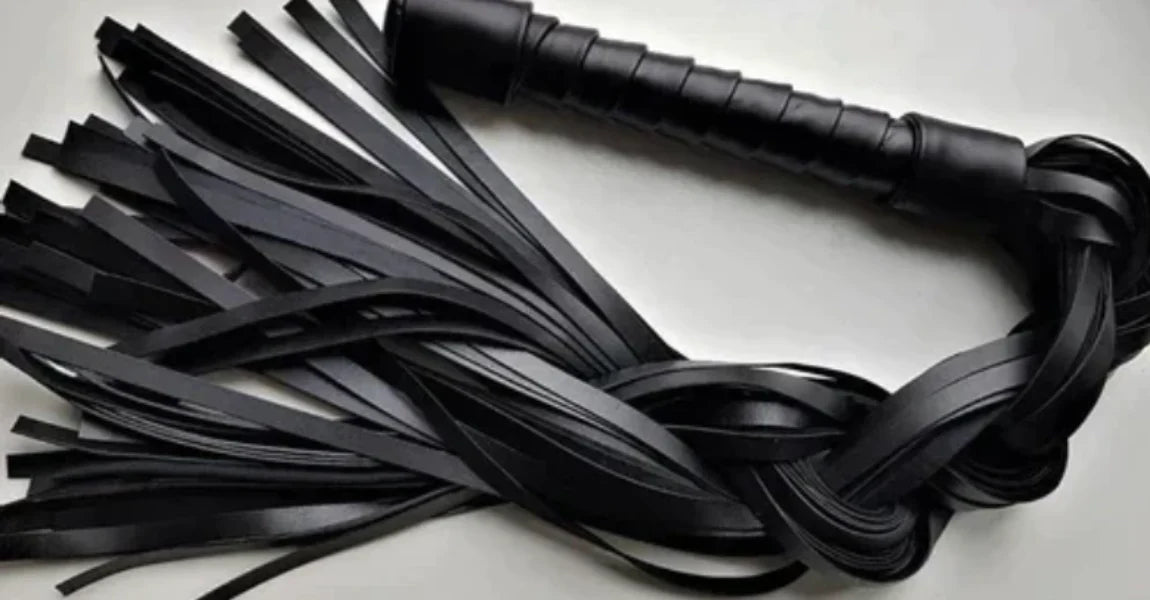
If you’re curious about the types of BDSM whips—from soft beginner floggers to precision single‑tails—this guide breaks down styles, sensations, skill level, and safety. You’ll learn the difference...

If you’re searching how to hang a sex swing, you’re probably weighing ceiling mounts vs. door swings vs. freestanding stands—and wondering which option is safest for your home. This guide explains ...
